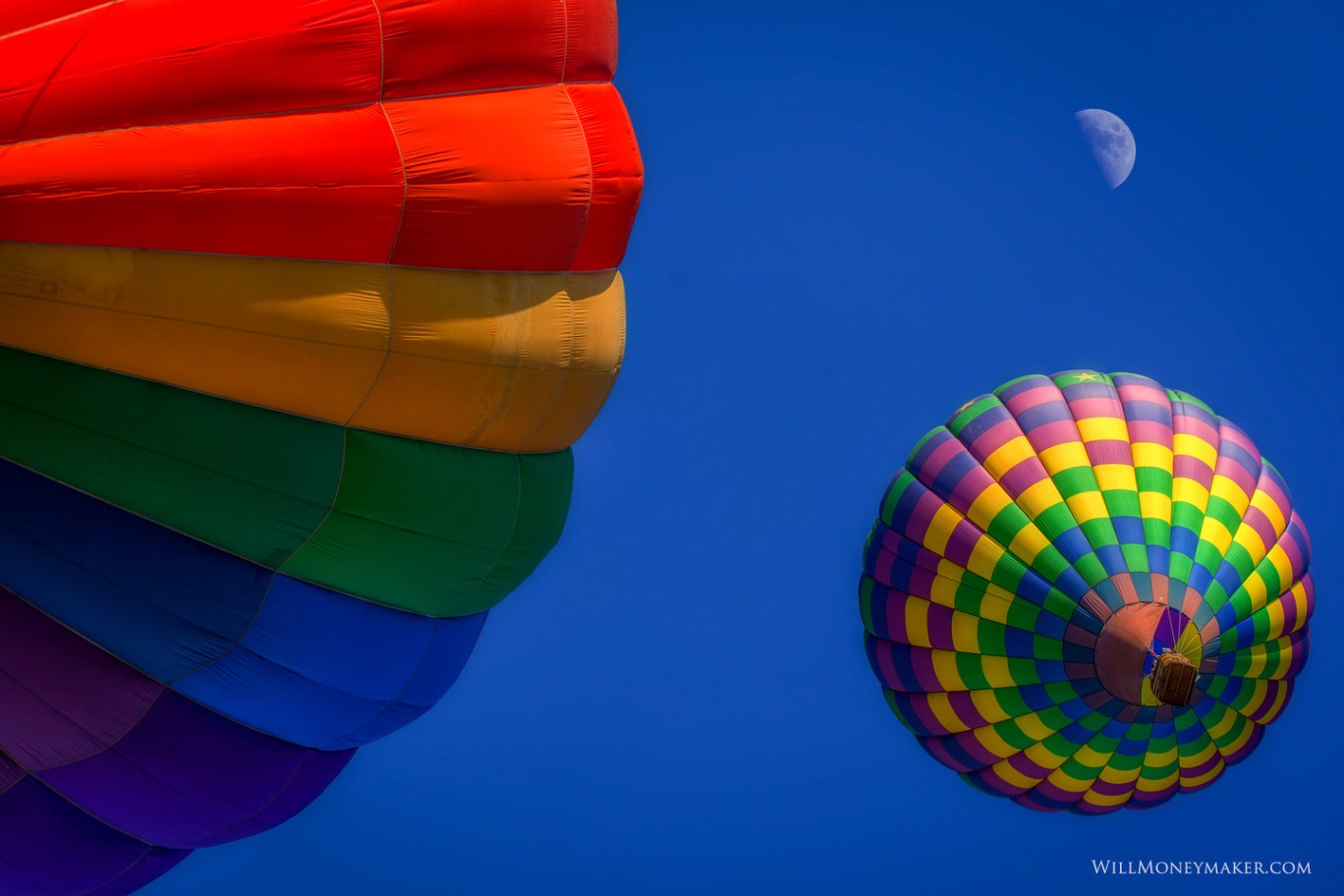Photography is so much about storytelling—and that’s why it’s easy for us to look at literature, movies, or even something like comics as a way to learn how to tell stories. Our methods might be different. Books rely on the written word, movies on sound and visuals, and comics on art and dialogue, but there is still a lot here that we photographers can learn.
For instance, what is it that drives a story forward in books or movies? One of the most common answers to this question is that it’s the dialogue that drives the story forward. This isn’t exactly true. Rather, it’s the plot that drives the story forward. It is interaction in its most basic sense.
In books or movies, this interaction can mean a variety of things. Yes, dialogue is one of those things, but it is by no means the only way to tell a story. Consider the various ways that stories are told: Man versus man, man versus nature, and so on. In a story about man versus nature, there may only be one character, and there may never be any dialogue since that one character has no one to speak to. A story is still being told, but it is being told via that character interacting with their surroundings.
So there are many storytelling tools—dialogue, a conflict like when characters are in an epic struggle. It could be someone accomplishing a goal and interacting with their environment to do so. If you look throughout stories, you’ll find hundreds of different examples of ways that writers move a story forward.
And do you know what element does not drive the story forward? It is description. In books and screenplays, description is needed either through exposition or visuals of the current situation, but that’s all it does—describe a scene in which a piece of the story will unfold.
By now, you’re probably wondering how this applies to photography. Well, when you get right down to it, photography is largely a descriptive medium—and I’ve just said that description doesn’t tell a story. And yet, each photograph we take is a descriptive visual of a scene that we were seeing when we took that photograph.
However, in order for that photograph to have meaning, it must at least hint at some sort of a story—and as I explained earlier, the story comes from interaction.
So, there is our conundrum. How do we introduce elements of interaction in a medium that is largely based on description? It’s a tough question to answer—but I think it’s a necessary one because when we can capture the essence of a story, that’s when we invite viewers to take an interest in our work in order to unravel that story.
Among human or animal subjects, the answer may be straightforward in a lot of cases—we can show them interacting with each other in their environments.
But what about that traditional still-life image of a bowl of fruit? What story is there to tell here, and how can we bring out the interaction of elements in order to tell it? Maybe it’s the lighting—choosing the right lighting to emulate the look of sunlight that must have helped ripen this fruit. Maybe it’s the interplay of colors between green apples, red strawberries, and yellow bananas that unfolds a simple story about diversity. However we choose to go about introducing interaction in our images, I think that this is an interesting thing to think about when we’re out in the field creating. Think of how elements interact with each other, and ponder how you can use those interactions to suggest a story.
Now, go and enjoy the beauty of God’s creation through your lens.




